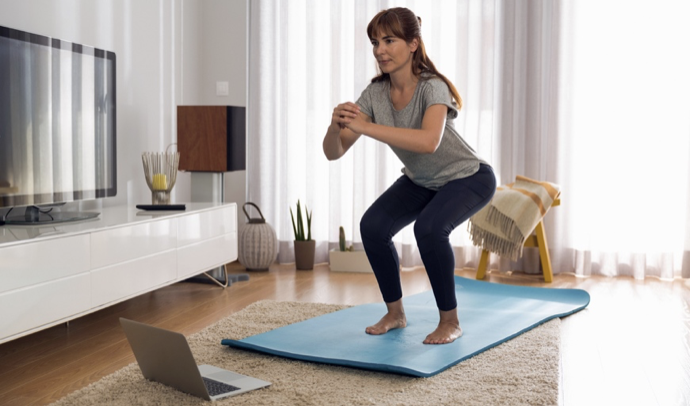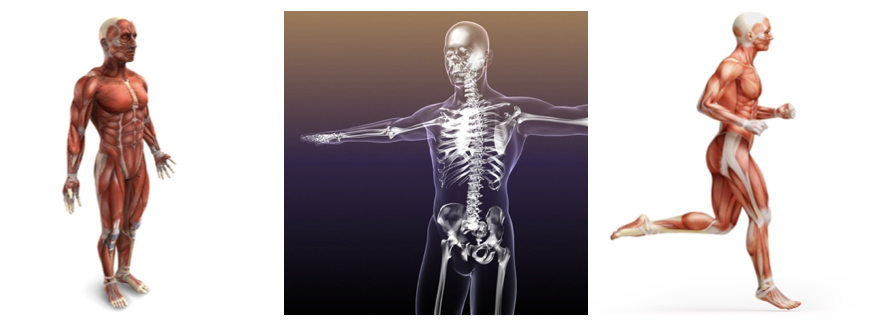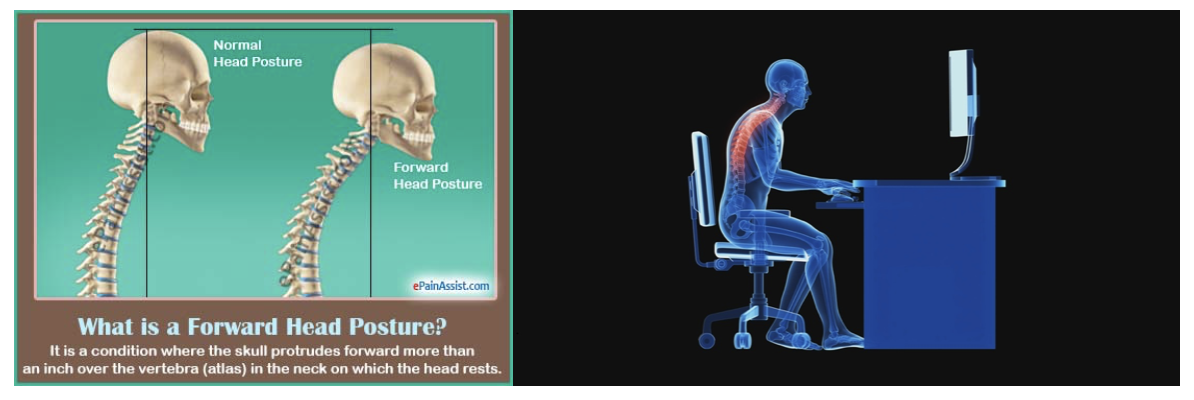Author: James Fowler PT, ACSM, DEAS (Founder of James Fowler Physical Therapy)
Teletherapy and the Journey of Learning
As a physical therapist for the last 26 years, I felt that I knew and had developed a successful method for treating clients comprehensively, effectively, and to the best of my ability. However, sometimes an unusual circumstance–such as a worldwide pandemic–not only shifts the perception of something we thought we knew so well but also helps us discover something new that we may never have found before.
Even though the onset of the COVID-19 pandemic brought many uncertainties and struggles, we at JFPT wanted to continue to provide you, our clients, with the treatment you need. We decided, like many offices around the world, to temporarily close our physical office space and to offer Teletherapy sessions online. Over the course of the last 8 weeks, our staff has completed over 800 Teletherapy sessions, 200 of which I personally administered.

While treating clients in those 200 virtual sessions, I felt like I had lost the most important sense as a physical therapist: touch. My ability to touch and feel structures either with my fingers, hands, forearms, or elbows to sense the tension, the temperature, or the energy of what was under them had been taken away. Yet, I found that my other senses, such as sight, were beginning to improve and become more refined. It has been well documented that when an individual loses a sense, such as vision, the individual develops an increased awareness of other senses, such as touch or sound. One such investigation was done by the Wu Tsai Neurosciences Institute at Stanford University. The Institute found that “the lack of sensory input causes a sequence of events within the brain that allows the other senses to take over the roles left unoccupied.”1 Because the standard course of assessing and releasing tissue structures through palpation was no longer available, I had to rely on creating a mental image of the body I was observing to imagine what was occurring in the joints and muscles during movement.
It is definitely a challenge to change and realign the methods I have known and done for the last 26 years. Nevertheless, I see it as an opportunity to not only grow as a therapist but to also grow as a person. Through a series of blog posts, I want to share my discoveries with you as I further explore this new perspective on treatment. Let’s start with exploring the power of observation.
The Power of Observation in Teletherapy
Seeing clients through the lens of Teletherapy allowed me to investigate and see potential methods for treatment that I had not considered before. One idea is the use of Teletherapy as a video telescope to magnify and more deeply observe the structure, posture, and movement patterns of a particular human body. Each body is unique and responds differently to the forces of gravity and weight. These forces are unrelenting and always present in the body.
Video image can be a useful tool in dissecting movements and assessing movement patterns. I draw upon my experience in 1998, when I founded the Sports Biomechanics Video Analysis Program at Beth Israel Medical Center. Here, my colleagues and I saw the ways in which a therapist or a trainer could use video to look at one specific movement in great detail, frame by frame. Video frames can make it more clear where a movement originates, where it is going, and where it may deviate, which provide needed information to offer necessary treatments and also to help prevent injury.
Challenges of Teletherapy
Teletherapy differs from an in-person session in that it is happening in real time. The therapist is required to clearly express what they observe and also more quickly assess the form and structure of the body that they are observing. They are actively watching each part of the body in regards to the whole, assessing what is happening in the body, and then deciding which part or which piece of information is most important to relay to the client. During the session, the therapist must choose whether it is more important to have the client understand a source of pain, visualize how their muscles interact with one another, or see why there is a weakness in a certain muscle.
Perhaps what is most challenging, but also most important with working with video, is for therapists to see the body as a 3 dimensional figure through the 2 dimensional view of a screen. Along with observing, assessing, and conveying observations to the client, they must also create a 3D mental model of the body taking into consideration what they know about this client and their unique body. It is difficult to do, but it is helpful in allowing them to visualize all the facets of the 3D body properly. Thinking in this 3D manner is a skill that can continue to help therapists better examine the strain and stress patterns of the skeletal system, how the muscles interact, and the effects of these patterns on the connective tissue.
 3D imaging of the body
3D imaging of the body
With this adopted skill of 3D mental imaging and considering how movement patterns are continuously affected by gravity, we can further learn about the body through observation and video images. As stated before, video images still allow the therapist to observe gravity and the effects of counter tension on the body. We will look more at counter tension in the next post of this series, but here is an initial breakdown of the idea.
Teletherapy and Counter Tension
There is an ever present energy called gravity or gravitational force in the body that’s received through the top of the head, travels through the spine, and into the lower limbs and the feet. That gravitational energy sends force into the earth, which then sends the energy back, hopefully along the same path. This dual pathway of energy creates counter tension, and it is the basis of understanding posture and alignment. When the body is properly aligned, counter tension can help build the structural integrity of the bones, establish a balance of strength between the muscles of the front and back bodies, and also prevent strain or injury. One example of misalignment is the placement of the head forward of the body. This occurs when individuals are at a non-ergonomic desk set-up for extended hours, working at a screen. The head itself weighs about 12 pounds when perfectly balanced. When it is leaning forward, the head has the effect of weighing 60 pounds on the structures below it, and it puts a significant strain on the neck and upper back muscles. This placement can lead to a build-up of tension, causing muscle strain, joint injury, and headaches.
 Misalignment of the head and Forward head posture effects on the spine
Misalignment of the head and Forward head posture effects on the spine
Incorporating the power of observation with our knowledge of gravity, while also taking into account the effects of counter tension, we can begin to see the potential for Teletherapy to be used as a tool in treating clients. This is the first step in looking at treatment with a renewed perspective. I am excited to continue sharing my insights with you as I explore deeper, create new connections, and seek different approaches to my practice. If there is one thing that the last 55 years of experiencing movement in myself and seeing it in others has instilled in me, it is that the journey of learning is never over and there is always a chance to shift the perspective and improve upon former methods.
I look forward to having you join me. We will continue onward and examine counter tension and the relationship of energy within the human body by looking at The World of Weight and Structure.
James Fowler PT, ACSM, CEAS
Founder of James Fowler Physical Therapy
